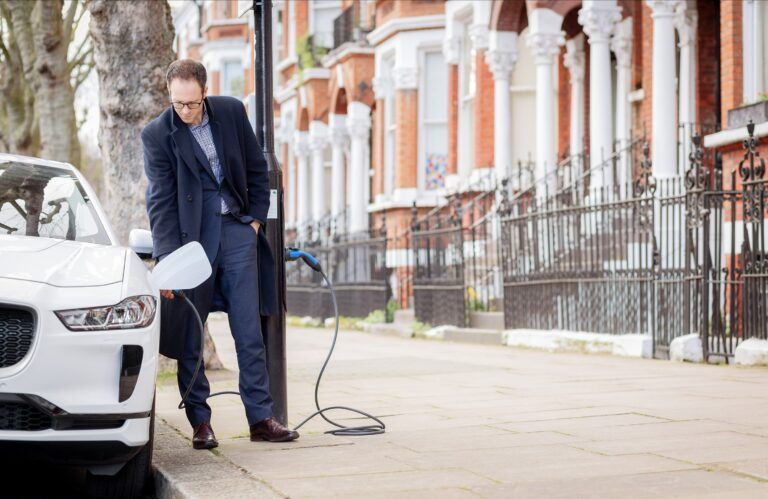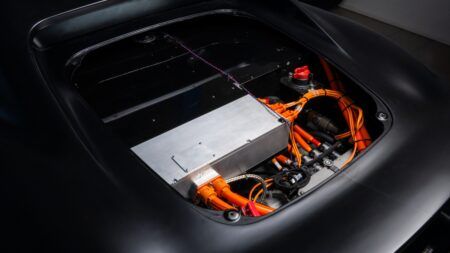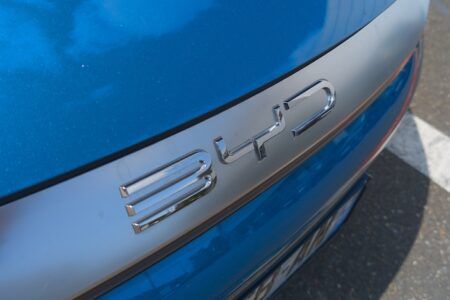A solution has been found to solve the challenge of finding space for enough electric vehicle charging points in dense urban environments such as cities, after a road in London has converted lampposts to provide power to EVs.
Dubbed ‘electric avenue’, the half a mile stretch of residential road in Westminster has had 24 lampposts converted into EV charging points, which is an innovative method to use existing infrastructure rather than finding space to build dedicated charging stations.
The project is a collaboration between Siemens, along with ubitricity and Westminster City Council, and it the first ‘electric avenue’ in the UK. Residents can now charge EVs at various locations along Sutherland Avenue in London, with a further two adjoining roads due to be completed in the coming weeks.
The launch follows research conducted by Siemens showing over a third (36%) of British motorists planned to buy a hybrid or electric vehicle as their next car, with two in five people (40%) saying that a lack of charging points stopped them from doing so sooner. This makes it the biggest factor deterring motorists from purchasing an electric or hybrid vehicle.
‘Electric Avenue, W9’ showcases a shift in attitudes towards EVs that Britain’s capital is experiencing. Data shows 80% of motorists in central London believe it is ‘very important’ that air quality is improved, and 83%have become more concerned about their carbon footprint in the past five years. Westminster has seen a 40% growth in EVs charged in the borough during 2019.
Westminster City Council currently has more EV points than any UK local authority, with a total of 296 lamp column charge points in the city, 24 of which are located on ‘Electric Avenue, W9’. There are plans to reach a thousand charge points across Westminster City Council within the next year, as it has twice the number of locally registered EVs than any other inner London borough, and the most among all the other London boroughs.
Siemens and ubitricity have now completed over 1,300 installations covering the breadth of the city, significantly funded from the Go Ultra Low Cities Scheme, supporting Mayor of London, Sadiq Khan’s #LetLondonBreathe campaign and leading the way to improve London’s air quality.
“We know that half of London’s air pollution is caused by road transport and Westminster is a particularly busy area. While we cannot solve the challenge of air quality overnight, ‘Electric Avenue W9’ is an important showcase of what’s possible using existing city infrastructure. It illustrates how residential streets will look in the near future, and accelerates the shift to zero emission vehicles,” said Cedrik Neike, member of the managing board of Siemens AG and CEO of Siemens Smart Infrastructure.
“In a city that suffers from some of the worst air pollution in the country, we need to be supporting the change to green technology as much as we can. ‘Electric Avenue, W9’ gives us a glimpse into the future of streets in Westminster, where we hope to provide the infrastructure needed for our residents to make the switch to cleaner, greener transport,” said Cllr Andrew Smith, Westminster City Council cabinet member for Environment & Highways.





